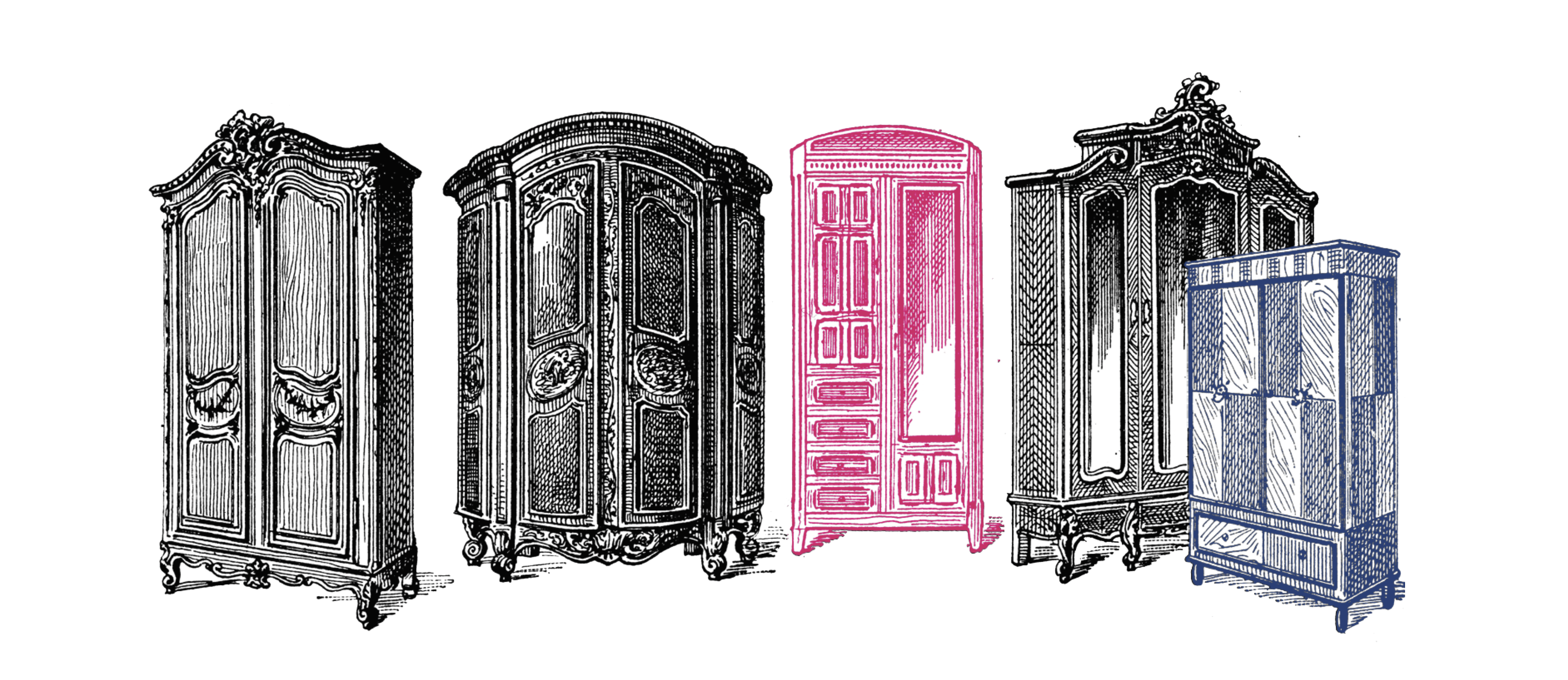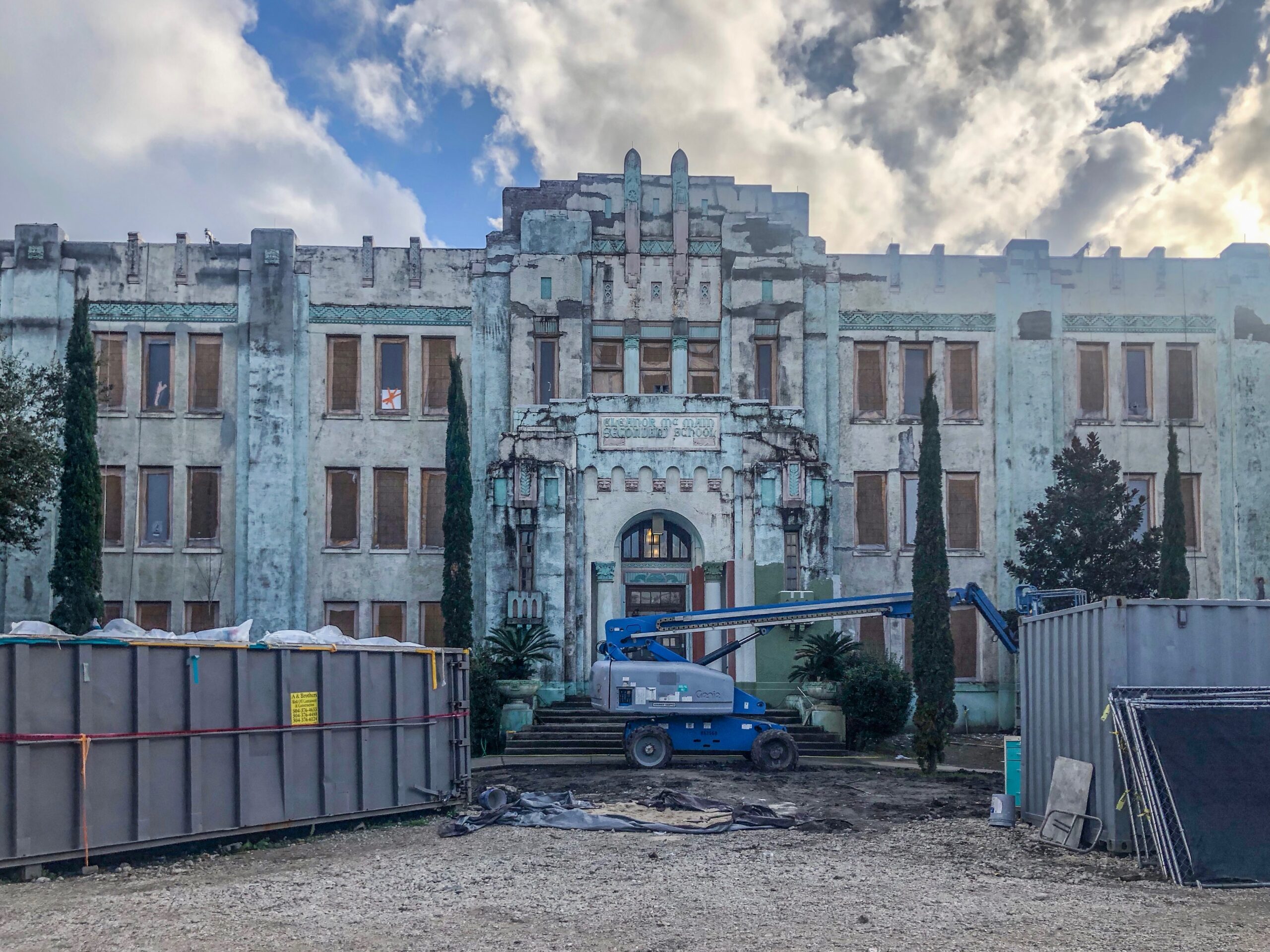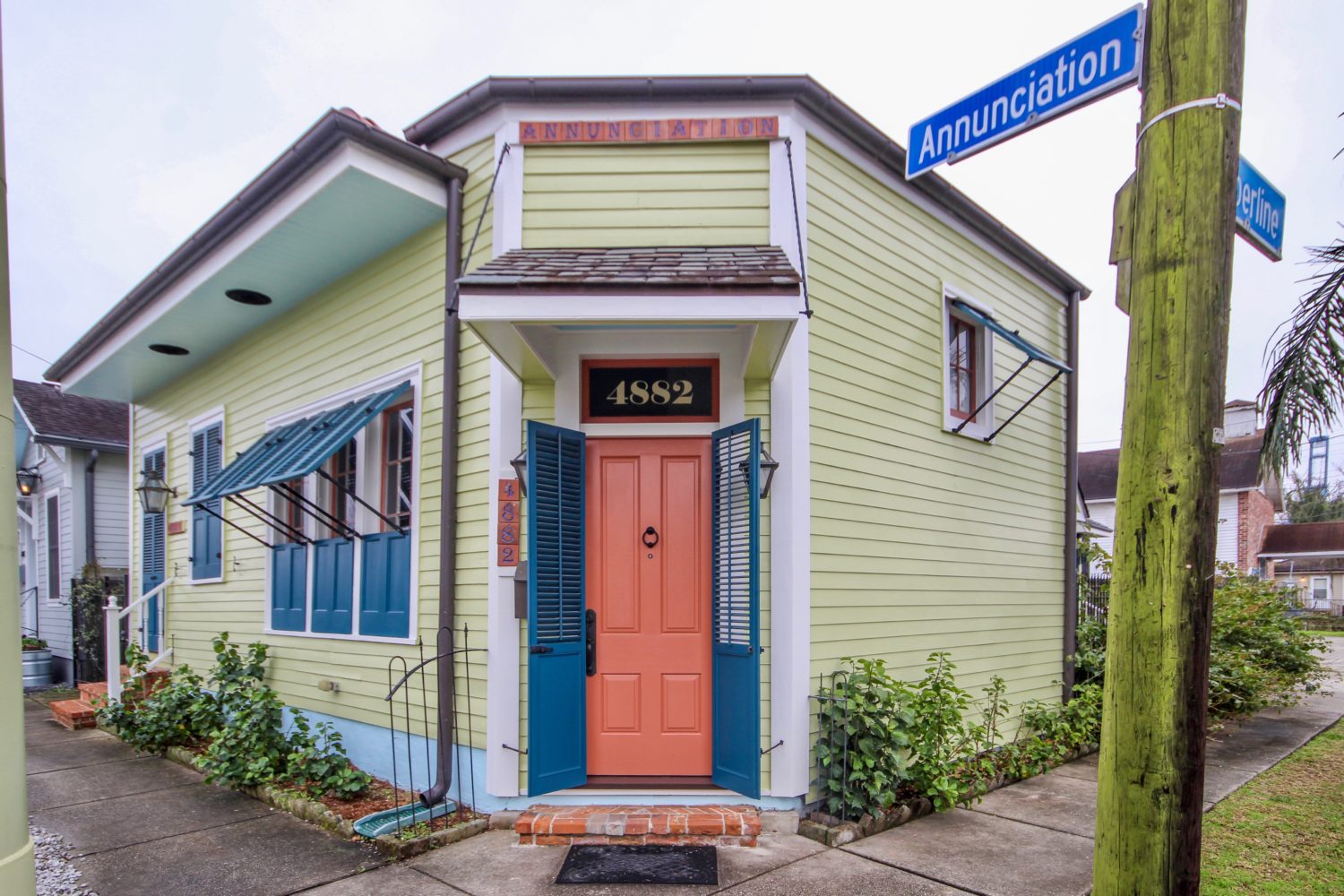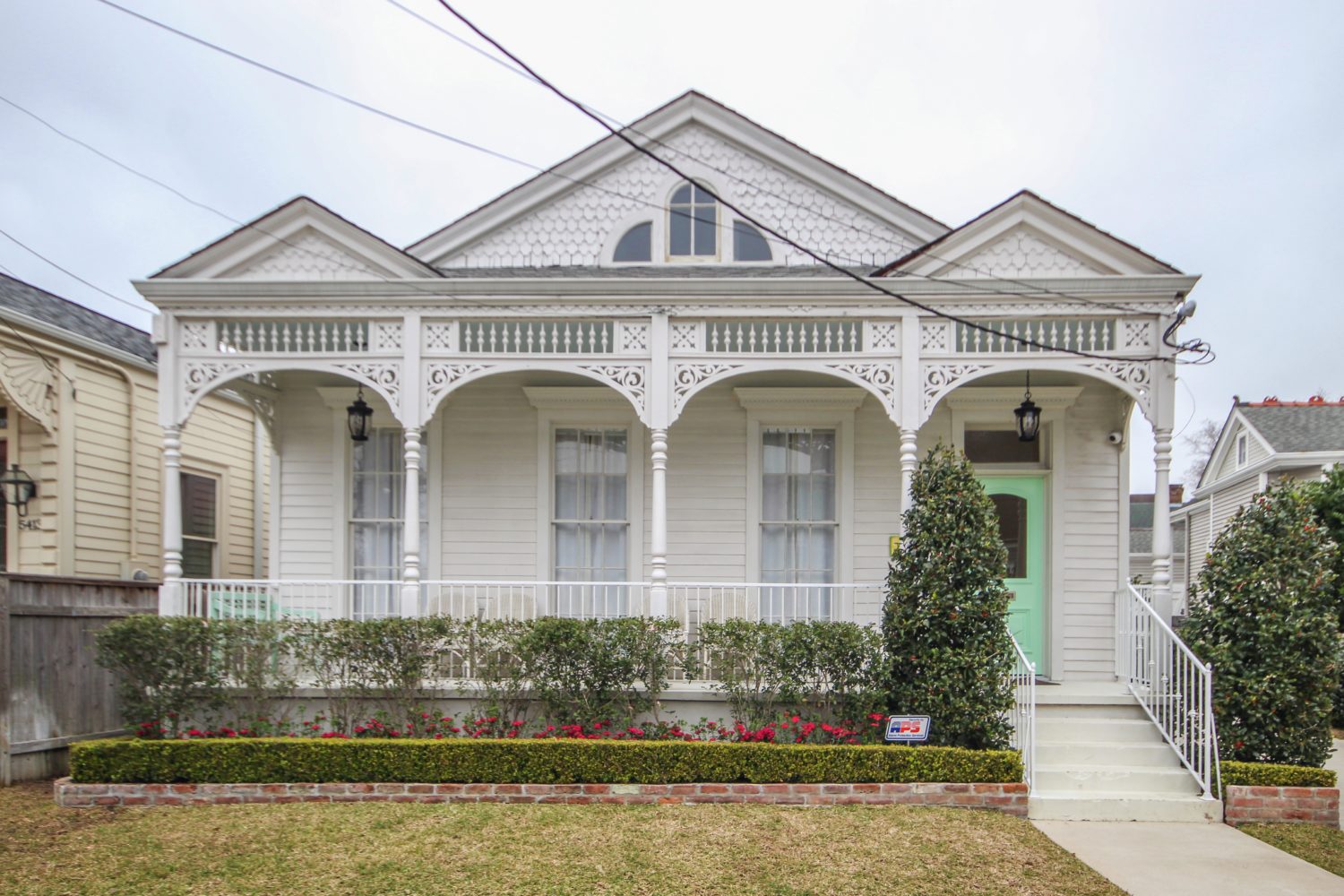This story first appeared in the March issue of the PRC’s Preservation in Print magazine. Interested in getting more preservation stories like this delivered to your door each month? Become a member of the PRC for a subscription!
LEGEND —
Armoires were used locally because closets were taxed as an additional room, and windows were used to access balconies and verandahs because of an American tax on doors.
FACT —
There are numerous myths about taxes on architectural features. However, research of New Orleans tax laws can find no tax on architectural features except for a short-lived chimney tax in 1794.
Armories were used locally for the storage of all types of good including clothes. Clothing was generally folded during the 18th and 19th centuries. With the high local humidity, having your clothes in a wood armoire with air circulating around them was preferable to a damp closet.
Armoires also are commonly used in French cultural areas, while in English cultural locales, a chest of drawers is commonly employed.
Early usages of closets locally include the Pontalba Building (1850-51) and the Gallier House (1860). Neither building was taxed for their closets.
So why were windows used for access to balconies and verandahs? Simple, they provided more light than a French door with a lower wood panel. Full-length slip-head windows and triple-hung windows were used because of the additional light and because they provided access to the outside.
New Orleans Truths vs. Tales is presented by the Friends of the Cabildo. Robert J. Cangelosi Jr., AIA, NCARB, is president of Koch and Wilson Architects and a prominent architectural historian. He was the co-editor of the last two volumes of the Friends of the Cabildo’s “New Orleans Architecture” books and has served as past editor of Preservation in Print.
Advertisement








